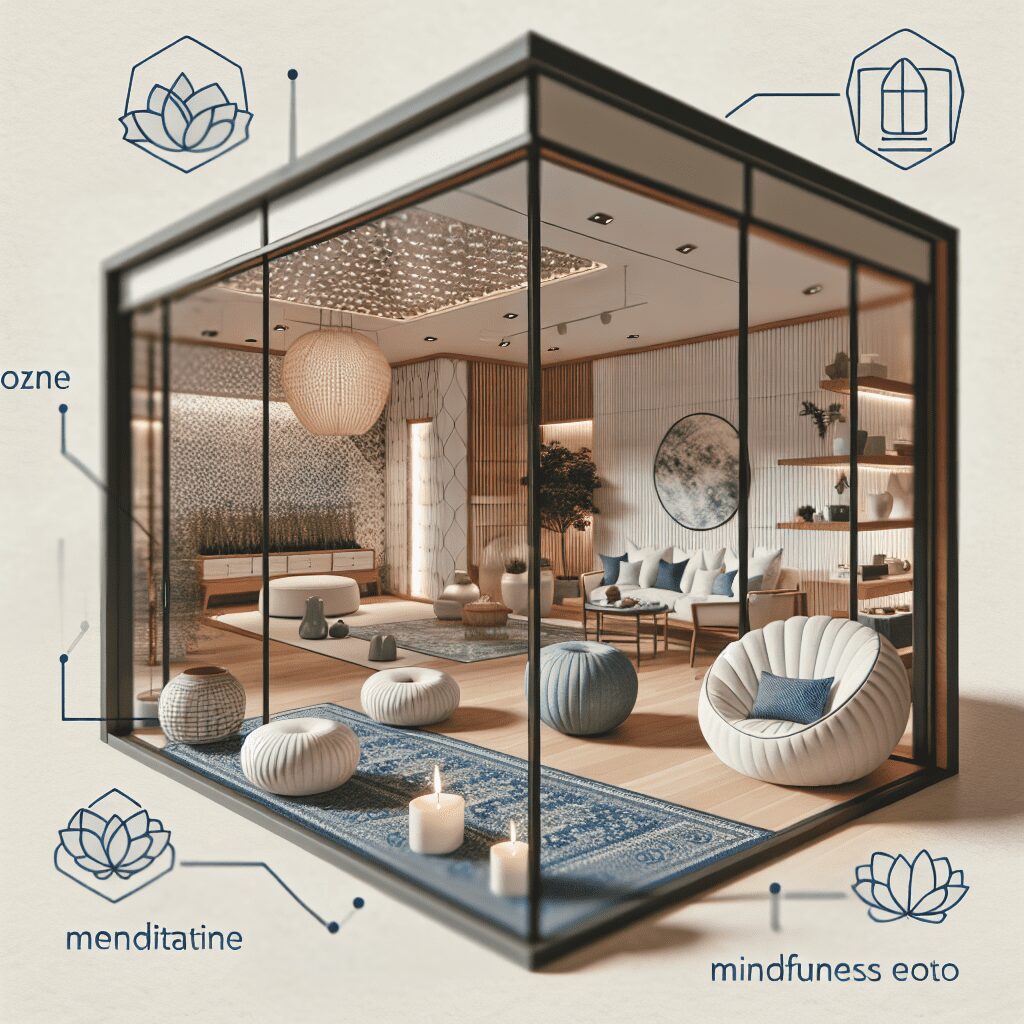
Prioritize your mental well-being daily. Enhance your life by nurturing your mental health with the Smart Meditation app. Break free from stress, alleviate anxiety, and enhance your sleep quality starting today.
Can You Lay Down To Meditate?
Unveiling the Myth: Can You Meditate While Lying Down?
In the grand tapestry of meditation practices, a question frequently surfaces, whispering through the minds of beginners and seasoned practitioners alike: “Can you lay down to meditate?” Well, brace yourself for a revelation that might just reshape your meditation routine. Spoiler alert: Yes, you can, and here’s why it might be a game changer for you.
Why Lying Down to Meditate Isn’t Just Lazy
Ah, the art of meditation. It’s often depicted with serene faces seated in lotus positions, hands resting gently on knees. But let’s face it, not everyone’s cup of tea is sitting on the floor, pretzel-legged, for extended periods. For some, it’s a fast track to aches and numbness rather than nirvana. Enter the unsung hero of meditation postures: lying down.
-
Comfort is Key: First off, comfort plays a massive role in meditation. If you’re sitting, but your only mantra is, “Ow, my back,” chances are, you’re not reaching a state of deep relaxation or mindfulness. Lying down, especially for those with physical discomforts or disabilities, can be a more accessible way to achieve that zen state of mind without the distraction of bodily pain.
-
Accessibility for All: Speaking of accessibility, meditation shouldn’t be an exclusive club for the super flexible or those with impeccable balance. It’s a universal ticket to mental clarity and emotional stability. Lying down levels the playing field, making meditation doable for folks across different age groups and physical capabilities.
-
A Different Perspective: There’s something profoundly calming about lying on your back, staring at the ceiling, or closing your eyes and just…being. It’s a literal shift in perspective that can draw your focus inward in a unique and profound way.
However, before you dive into horizontal meditation, there’s a catch or two to consider:
- The Snooze Effect: The biggest hurdle? Staying awake. Your bed is a comfy, cozy trap that could whisk you away to dreamland before you’ve had a chance to say “Om.” To combat this, try a different surface like a yoga mat on the floor, or practice at a time of day when you’re less likely to nod off.
- Intention Matters: Set a clear intention that you’re here to meditate, not nap. This mental boundary can help differentiate between relaxation and deep meditation.
Making Lying Down Meditation Work for You
Ready to give it a shot? Here are some quick tips to ensure your horizontal meditation is both effective and enjoyable:
-
Choose Your Spot Wisely: A firm surface is usually better than an ultra-soft one. Think yoga mat with a thin pillow under your head or a folded blanket for support.
-
Position Matters: Try different leg positions. Some prefer legs straight out; others like a gentle bend at the knees or even placing their feet flat on the ground, knees up, to relieve lower back tension.
-
Check-In With Your Body: Before diving into meditation, do a quick body scan from head to toe. Release any tension you notice and make any adjustments to ensure you’re as comfortable as possible.
-
Set a Timer: Especially useful if you’re prone to dozing off. A gentle alarm can bring you back from your meditative state—or from the cusp of sleep—without jarring you too harshly.
In conclusion, meditation isn’t one-size-fits-all. It’s a personal journey and finding what works best for you is part of the process. If sitting upright isn’t your thing or if you’re looking for ways to switch up your practice, lying down might just be the path to inner peace you’ve been searching for. So go ahead, lie back, breathe deep, and let your meditation journey take a new and comfortable turn.





